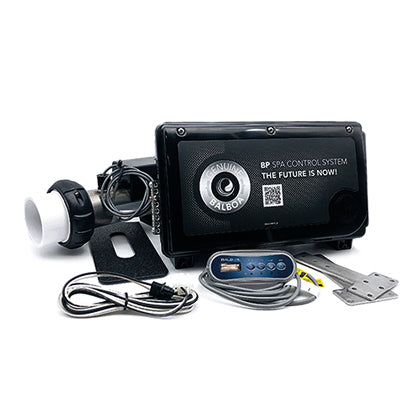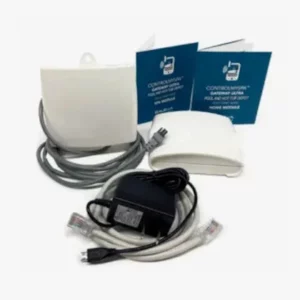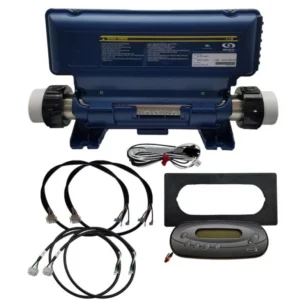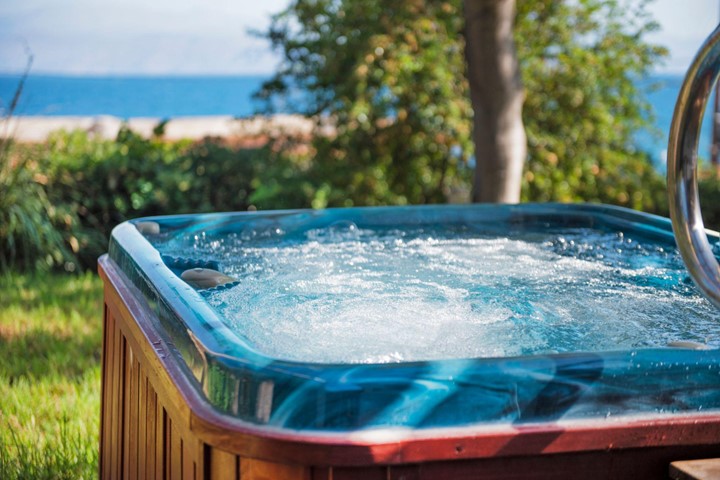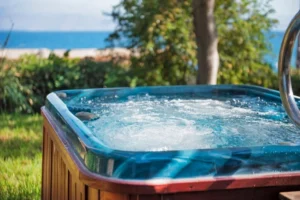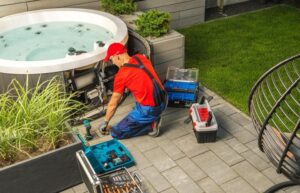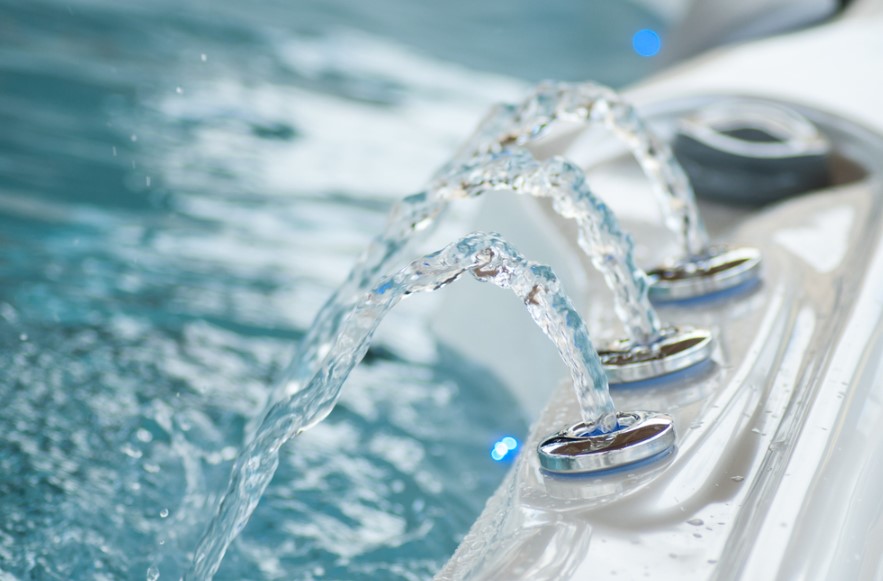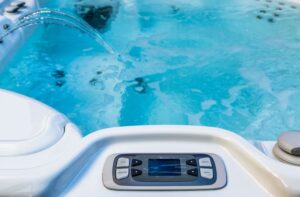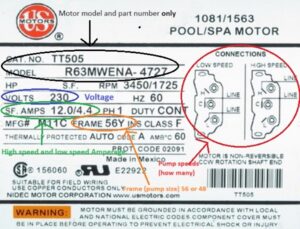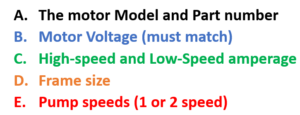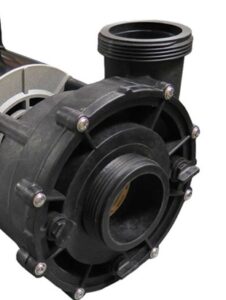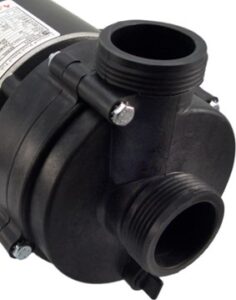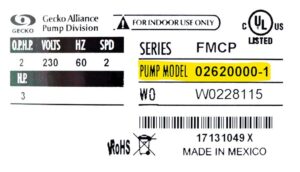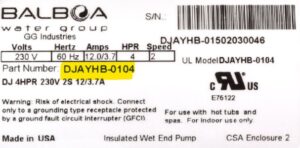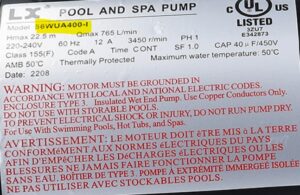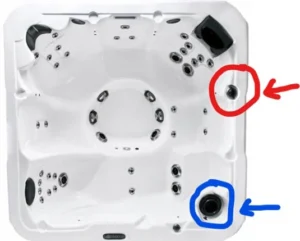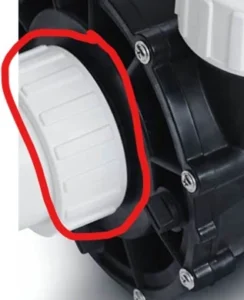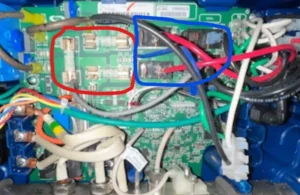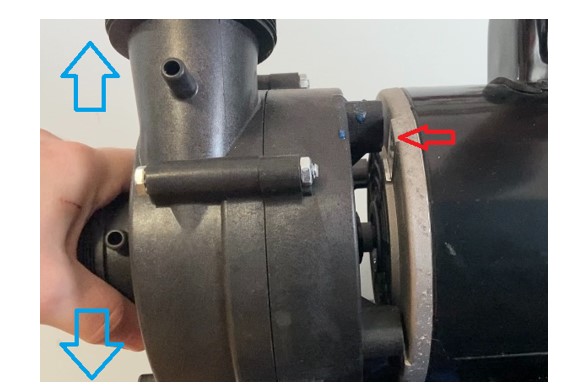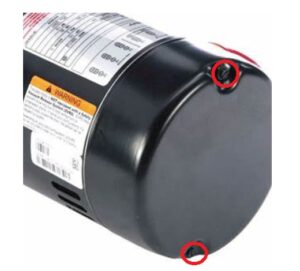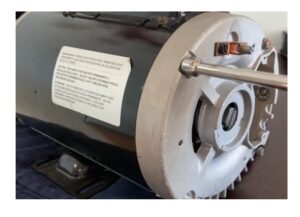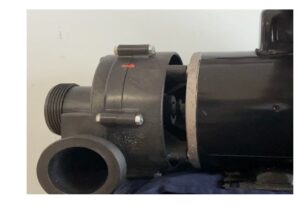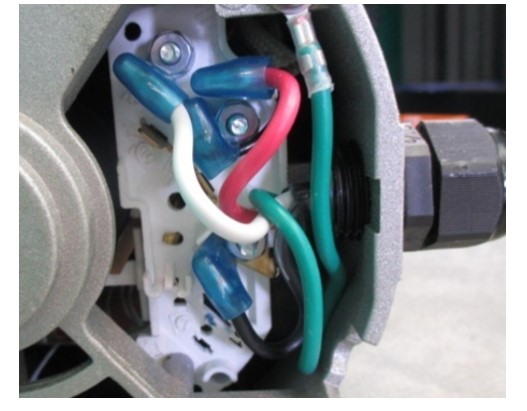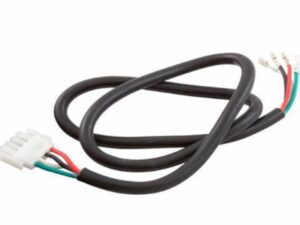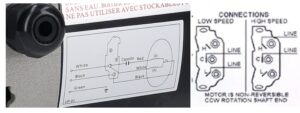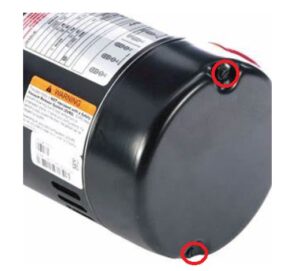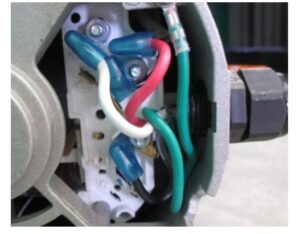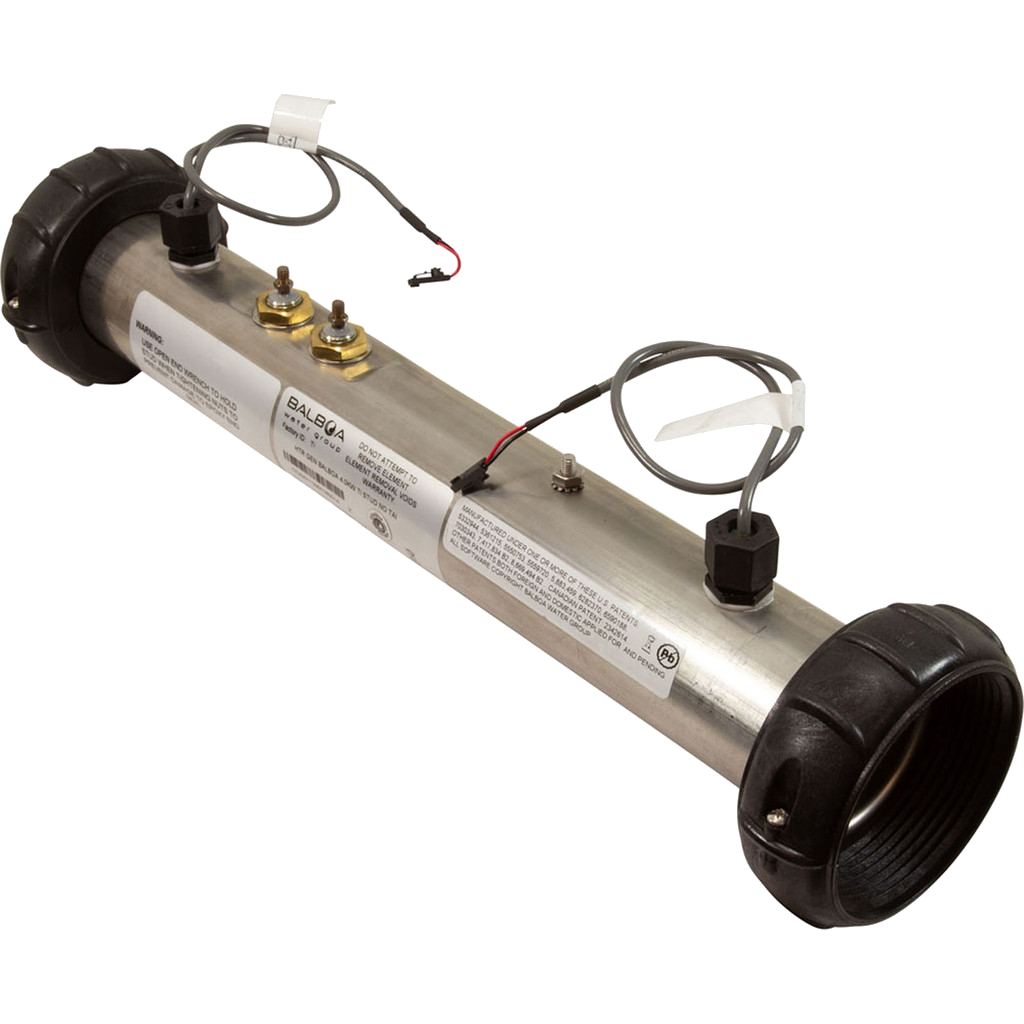
Why Is My Hot Tub Heater Not Working?

A warm and soothing soak in your hot tub can be a luxurious escape, but it can quickly become a chilly disappointment when your hot tub heater isn’t working. Hot tub heaters are crucial in maintaining comfortable water temperatures, ensuring an enjoyable and relaxing experience.
Unfortunately, hot tub heaters can stop working, leaving you out in the cold. You might wonder, “Why is my hot tub not heating up?” This article will discuss why spa heaters may stop functioning and ways to troubleshoot and resolve the problem.
- Hot Tub Heater Issues and Solutions
- Troubleshooting a Hot Tub That Doesn’t Heat
- How to Prevent Hot Tub Heater Problems
- Malfunctioning Hot Tub Heater FAQs
- Don’t Let Heating Issues Ruin Your Hot Tub Experience
Hot Tub Heater Issues and Solutions
When it comes to the functionality of your hot tub heater, several factors can lead to issues that result in a chilly water experience. Let’s explore the key issues that may explain why your hot tub isn’t heating up:
1. Low water flow
Low water flow is a common culprit behind hot tub heating issues. When the water flow is low, the heater may not receive adequate water supply to maintain the desired temperature, leading to the heating element overheating and, in some cases, automatic shut-off to prevent damage.
There are multiple solutions to address low water flow issues, including:
- Check for clogged or dirty spa filters and clean or replace them as needed
- Ensure that the water level is within the recommended range
- Inspect for any blockages in the circulation system.
- If necessary, clean the plumbing lines
- Check the functionality of the circulation pump and address any malfunctions
2. Defective high limit switch
The high limit switch is a hot tub safety feature that automatically shuts off the heating element if the water temperature exceeds a safe limit. A defective high limit switch can cause the heater to turn off even when the water temperature is within the acceptable range.
Replace the defective high limit switch with a functioning one to solve this issue. Ensure the replacement switch is compatible with your hot tub model. Regularly test and maintain the high limit switch to prevent future problems.
3. Faulty thermostat/temperature sensors
The temperature sensors regulate the water temperature in the hot tub. Faulty temperature sensors may inaccurately read or control the temperature, leading to inadequate heating or overheating issues.
Replacing the faulty sensors may resolve the issue. If you’re unsure about the replacement process, consider seeking professional assistance.
4. Blown fuse
A blown fuse on the hot tub circuit board can interrupt the power supply to the heater. This can lead to a complete shutdown of the heating element.
Identify and replace the blown fuse with a new one of the same rating to solve this issue and prevent it in the future. Additionally, it’s best to identify the root cause of the blown fuse, which can include voltage fluctuations or electrical issues.
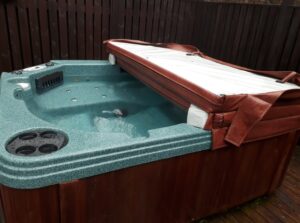
5. Defective spa cover
A spa cover retains heat and prevents heat loss from the hot tub. A defective or damaged spa cover can compromise insulation, leading to heat escaping and difficulty maintaining the desired temperature. This increases energy consumption as the heater works harder to compensate for the heat loss.
Inspect the spa cover for any damage, tears, or wear to solve this problem. If you find issues, repair or replace the cover. Ensure the replacement cover is properly fitted and in good condition to provide adequate insulation.
6. Malfunctioning spa heater element
The hot tub heater element is responsible for actually heating the spa water. A malfunctioning heater element can result in inadequate or no heating.
If the spa heater element is malfunctioning, it may need to be replaced. Consult your hot tub’s user manual for instructions on replacing the heater element, or call a professional to ensure proper installation.
7. Loose wires
Loose or disconnected wires in the hot tub’s electrical system can disrupt the flow of electricity to the heater, causing heating issues.
Carefully inspect the hot tub’s wiring for any loose or disconnected wires. Securely reconnect any loose wires and ensure proper insulation. If you’re uncertain about handling electrical components, you can get help from a qualified technician.
8. Tripped breaker
If your hot tub isn’t heating with no error code, it may be due to a tripped breaker. A tripped breaker in the hot tub’s electrical panel interrupts the power supply to the heater, preventing it from working effectively.
To solve this issue, you can locate and reset the tripped breaker in the electrical panel. If the breaker continues to trip, investigate potential causes, such as electrical overloads or faulty components, and address them accordingly.
9. Door interlock system is open
Some older hot tubs have interlock systems that ensure the door securely closes during operation. If this system detects the door opening, it may prevent the heater from operating. This ensures user safety by avoiding exposure to electrical components.
Check the hot tub’s door interlock system to ensure the door is securely closed. If there are any issues with the interlock system, you’ll need to address them before the heater can work as intended.
Troubleshooting a Hot Tub That Doesn’t Heat
Some issues related to your hot tub heater not working properly are easy to solve. Here are a few steps to take to potentially solve spa heater problems:
Inspect the spa cover: Examine the spa cover for signs of damage, tears, or wear. Consider repairing or replacing if you find issues.
- Investigate loose wires, a blown fuse, or a tripped breaker: Carefully inspect the hot tub’s wiring for loose or disconnected wires. Identify and replace blown fuses with new ones of the same rating. Locate a tripped breaker in the electrical panel and reset it if necessary.
- Check the water flow and clean or unclog dirty filters: Ensure proper water flow by checking for clogged or dirty filters. Clean them as needed to maintain adequate water supply to the heater.
- Replace malfunctioning components. Spa pumps, heater elements, faulty sensors, or broken high limit switches can cause heating issues in your hot tub. If troubleshooting indicates problems with specific components, replace them.
It’s crucial to recognize when a problem is beyond your expertise. Contact a technician to ensure proper diagnosis and repair for more complex issues.
If you plan to handle these repairs on your own, always take safety precautions, such as turning off power before inspecting electrical systems.
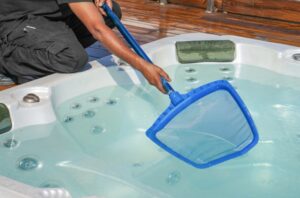
How to Prevent Hot Tub Heater Problems
Preventive maintenance is key to ensuring your hot tub heater’s longevity and optimal performance. Here are a few tips to prevent future heating issues:
- Maintain proper spa chemical balance: Regularly test and adjust the water chemicals in your hot tub to avoid corrosion and scale buildup in the heating system.
- Clean your spa filters regularly: Establish a routine for cleaning or replacing spa filters to ensure proper water circulation and prevent debris from affecting the heating components.
- Keep your spa cover in good condition: Inspect and clean your spa cover regularly to maintain effective insulation and reduce heat loss.
- Know when to replace spa components: Be aware of the lifespan of crucial components like the circulation pump, spa heater element, sensors, and high limit switch, replacing them proactively to prevent unexpected failures.
- Keep your hot tub at the recommended temperature: Adhere to the manufacturer’s recommended temperature settings to promote energy efficiency and avoid strain on the heating system.
Malfunctioning Hot Tub Heater FAQs
How do you know when a hot tub heater element is malfunctioning?
Identifying a malfunctioning hot tub heater element can help you troubleshoot your issue more quickly. Common signs that may indicate a problem with the heater element include:
- Inadequate heating
- No heating at all
- Tripped circuit breaker
- Visible damage
- Unusual sounds
- Water quality issues
- Rising energy bills
- Rust or corrosion
- Burning odors or electrical smells
When should you replace a spa heater?
While spa heaters can last 3 to 5 years, depending on how well they’re maintained, replacing the component when you experience persistent heating issues is best. Additionally, visible signs of damage to the heater element, unusual sounds or smells, and inaccurate thermostat readings are indicators that replacement may be necessary.
How long should it take my hot tub to heat up?
The time it takes a hot tub to heat up can vary based on factors such as the size of the hot tub, the starting water temperature, and the power of the heater. For instance, it may take your spa longer to heat up if you’re trying to use your spa in freezing temperatures and have yet to winterize your hot tub. On average, a hot tub can take 8 to 12 hours or more to heat up to the desired temperature.
Refer to your hot tub’s user manual for specific information on heating times and consider factors like insulation, cover usage, and ambient temperature, which can impact heating speed.
Don’t Let Heating Issues Ruin Your Hot Tub Experience
Hot tub heating issues can be disappointing, turning your soothing soak into a chilly letdown. Understanding common problems and their solutions is crucial for troubleshooting and restoring heat.
Knowing when to replace crucial components can help keep your hot tub working optimally. Maintain a warm and enjoyable hot tub experience with hot tub components from Easy Spa Parts, ensuring a hassle-free and relaxing experience
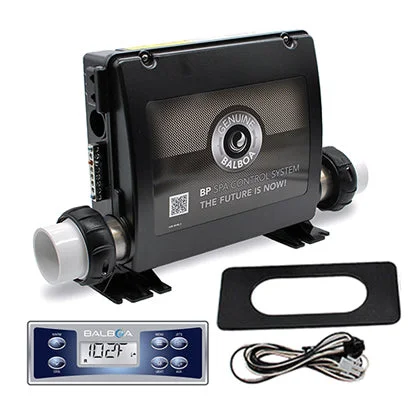
 2. Cost: Even if the current circuit board or control pack is still available, the cost of replacing your current board/control pack with a brand-specific unit, very often exceeds the cost of a retrofit. In many cases, a full retrofit is around the same price as the board. Even if it’s $100 to $150 more, the customer gets a new board, heater, topside, and often amps cord or a light depending on the pack.
2. Cost: Even if the current circuit board or control pack is still available, the cost of replacing your current board/control pack with a brand-specific unit, very often exceeds the cost of a retrofit. In many cases, a full retrofit is around the same price as the board. Even if it’s $100 to $150 more, the customer gets a new board, heater, topside, and often amps cord or a light depending on the pack.